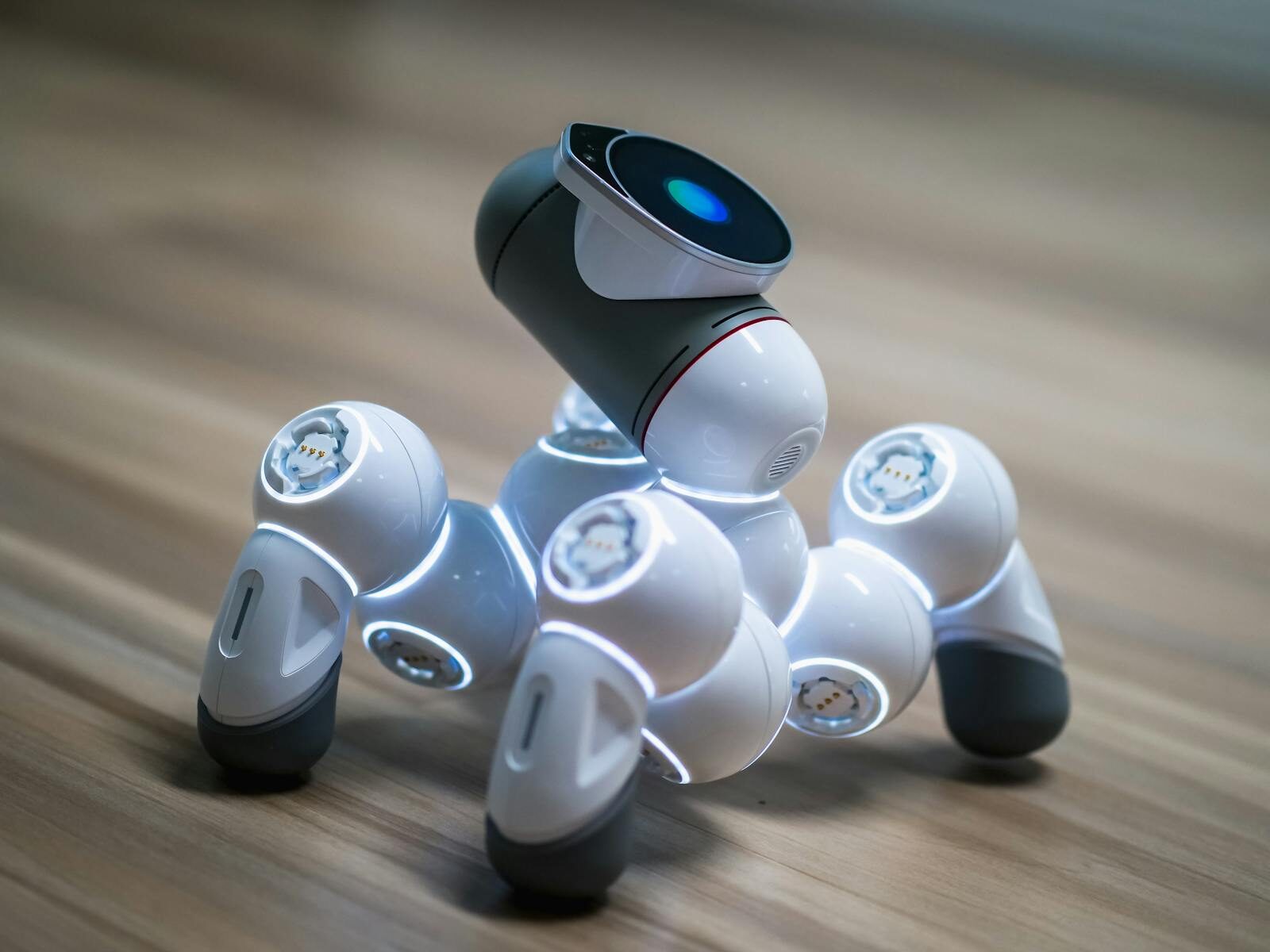Understanding Voice-Controlled Robots for Home Automation
Voice-controlled robots are transforming the landscape of home automation, offering a seamless blend of convenience and sophistication. For tech enthusiasts and robot hobbyists, these devices represent the cutting edge of innovation in personal robotics. Demanding nothing more than a simple voice command, these robots streamline everyday tasks, enhance home security, and contribute to a smarter living environment.
The importance of voice-controlled robots extends beyond mere convenience; they symbolize the growing intersection of artificial intelligence (AI) and robotics. With smart gadgets like voice assistants embedded into various home automation systems, users can enjoy a synchronized ecosystem that reflects a modern lifestyle.
Types of Voice-Controlled Robots for Home Automation
As the demand for voice-controlled home automation continues, manufacturers are releasing a variety of models that cater to different needs. Here are some prominent types:
Smart Home Assistants
Devices like Amazon Echo and Google Nest serve as central nodes in smart home ecosystems. These are not robots in the traditional sense but operate like virtual assistants, enabling voice control over compatible smart gadgets. Users can instruct these devices to turn on lights, adjust the thermostat, or even play music, making them the heart of modern home automation.
Cleaning Robots
Robotic vacuum cleaners, such as the iRobot Roomba and the Neato Botvac, are perfect examples of voice-controlled robots that enhance home efficiency. By connecting to smart home systems, these devices can be activated through voice commands, allowing users to initiate cleaning tasks while they are on the go.
Security Robots
Home security has also seen automation evolve with the emergence of voice-controlled surveillance systems. For example, the Ring Indoor Cam, when paired with a virtual assistant, can be commanded to monitor specific areas of the home. This integration offers users peace of mind along with the added benefit of hands-free operation.
Personal Care Robots
In caregiving scenarios, robots like ElliQ and Care-O-bot are designed to assist elderly individuals or those with special needs. These robots can respond to verbal requests for medication reminders, health check-ins, and even companionship, making them invaluable in promoting quality of life at home.
Usage Tips and Troubleshooting
Getting the most out of your voice-controlled robots requires a few best practices:
Keep Software Updated
Many voice-controlled robots receive regular firmware updates that improve functionality and security. Always ensure that your device is running the latest software to benefit from the latest features.
Optimal Setup
Placement matters. Position your voice-controlled devices in areas where they can easily hear you without interference from background noise. Avoid placing them near appliances that might distract, such as televisions or radios.
Common Mistakes
Users often overlook the importance of voice command clarity. Speaking clearly and using the correct trigger phrase is crucial for effective communication with your device. Additionally, familiarize yourself with your device’s capabilities to avoid underutilizing its potential.
Applications and Integration Ideas
Voice-controlled robots can be integrated into various aspects of daily life, enhancing not only home environments but also workplaces and hobbies.
Home Integration
Imagine turning your home into an automated haven with voice commands to control everything from lighting to coffee machines. Integrating smart thermostats and blinds with voice control can help maintain comfort while conserving energy. For example, saying “goodnight” could trigger a series of commands: lights dim, doors lock, and the thermostat adjusts.
Work Environments
In office settings, voice-controlled robots can automate repetitive tasks. For instance, employees can interact with smart conference room tools, like Microsoft Cortana, to schedule meetings or adjust AV settings hands-free, enhancing overall productivity.
Hobbies and Interests
For hobbyists, integrating voice-controlled technology can also bring about new creative avenues. Enthusiasts can utilize voice commands to manage 3D printers, control drones, or even orchestrate smart garden systems that ensure plants receive optimal lighting and watering.
Benefits of Voice-Controlled Robots for Home Automation
The advantages of adopting voice-controlled robots stretch across several dimensions:
Increased Efficiency
The primary allure of voice-controlled robots lies in their ability to simplify tasks. By automating routine activities, users reclaim valuable time, allowing them to focus on more meaningful pursuits.
Innovative Living
As technology advances, living spaces adapt. Voice-controlled robots symbolize innovation, offering users a glimpse into the future of smart living. They encourage a more automated lifestyle that promotes ease of use and integration.
Entertainment Value
Not only are these devices practical, but they also add a layer of entertainment to everyday life. Voice-controlled speakers can play your favorite tunes or provide access to audiobooks, creating an engaging ambiance at home.
Trends and Future Considerations
As we look closer to the future, voice-controlled robots are poised for remarkable transformations. The incorporation of AI and machine learning ensures that these devices will become increasingly intuitive, understanding user preferences and adapting over time. Furthermore, enhanced interconnectivity among devices promises an even more cohesive smart living experience.
While current developments are promising, the need for user-friendly tech remains paramount. As robots become more capable, ensuring they remain easy to operate will foster greater acceptance and integration into everyday life.
Exploring the market unveils countless options tailored to various needs, driving innovation and competition in the robotics space. Keeping an eye on emerging trends will be essential for those looking to make informed decisions in their home automation journey.
Exploring the possibilities of voice-controlled robots opens doors for a more automated, efficient, and enjoyable living experience. Engaging with these technologies can enhance daily routines and inspire new ways of interaction with the home environment.
For those interested in diving deeper into the realm of voice-controlled robots, consider exploring more blogs, guides, or tech products that illuminate the ever-evolving world of home automation and robotics. The journey into smarter living has just begun!

